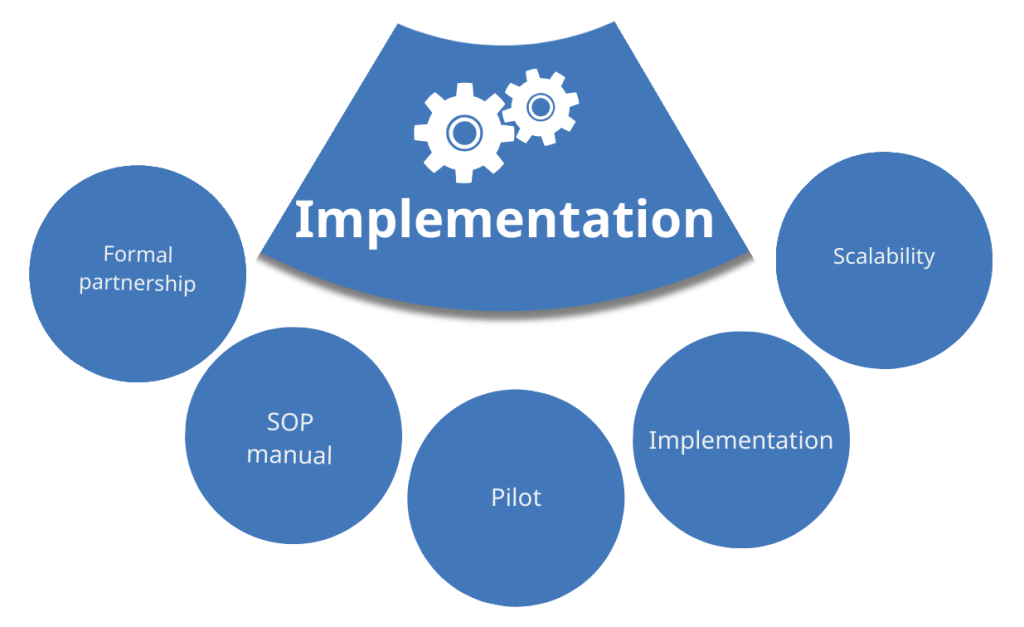Join a powerful, unprecedented alliance for better eye health for all.
Join IAPB
Once the programme is planned, it is time to present and validate the feasibility of the programme to the key stakeholders, namely the ministries, the local eye care professionals, the spectacles providers, etc. Communication must be adapted to each partner, keeping their own interest in mind.
Relationships with financial partners should also be confirmed. Once the main partners are on board, the managing and staff teams can be hired and trained accordingly.
Standard Operating Procedures (SOPs) are highly desirable to ensure that activities are implemented in an evidence-based, uniform, consistent, high quality manner. Standard Operating Procedures provide a step by step guide on who should do what and how.
Pilot testing the different elements of the programme is very useful as it can identify barriers, assumptions or other problems which limit implementation. The pilot could be done with an educational institution willing to participate. Access to a tertiary eye department for referrals and community based eye health programmes in the area are added advantages.
The SOP may need to be modified after the pilot. Pilots can include surveys on children’s preferences for spectacles to validate frame options.
Once the programme is ready to be implemented at a larger scale, collaboration between the team and the school must be coordinated. The Ministry of Education can help identify school head teachers willing to participate in the programme. The head teachers are a vital link to any school related interventions and they must be brought on board at an early stage of the programme. For large programmes, it is advisable to have a District level liaison teacher who coordinates with the contact teachers.
Long-term, integrated, large-scale programmes are obviously the ultimate goal for most organizations and countries. However, dependency on NGO’s financing and lack of government’s engagement may limit national deployment. Recent publications have described successful implementation of national school eye health plans, namely in Zambia29 , Malawi 30 and India31. Key factors for successful integration include5 :